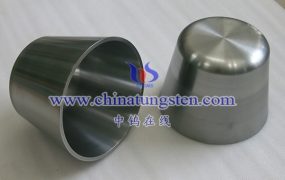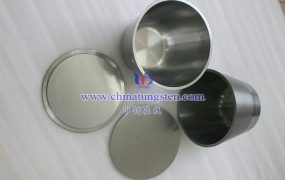Molybdenum electrodes used in glass electric furnaces experience a certain degree of wear and tear over time. The exact extent of loss depends on many factors, including the temperature at which the glass is melted, the composition of the glass, operating conditions, and the material quality and design of the electrodes.
In glass electric furnaces, molybdenum electrodes are usually exposed to high temperature and chemical corrosion, which may lead to wear and tear of the electrodes. The following are some common molybdenum electrode losses:
Ablation: At high temperature, glass melting will ablate the surface of the molybdenum electrode, resulting in the gradual loss of material on the electrode surface. The degree of ablation depends on factors such as glass composition and melting temperature.
Oxidation: In high temperature oxygen environment, molybdenum electrode may undergo oxidation reaction to form molybdenum oxide. This reduces the conductivity of the electrodes and causes losses.
Chemical corrosion: Certain glass components can be corrosive and can chemically corrode the molybdenum electrode, resulting in wear of the electrode and changes in surface morphology.

More details of molybdenum or molybdenum alloy products, please visit website: http://molybdenum-alloy.com/index.html
Please contact CHINATUNGSTEN for inquiry and order of molybdenum alloy products:
Email: sales@chinatungsten.com
Tel.: +86 592 5129595






